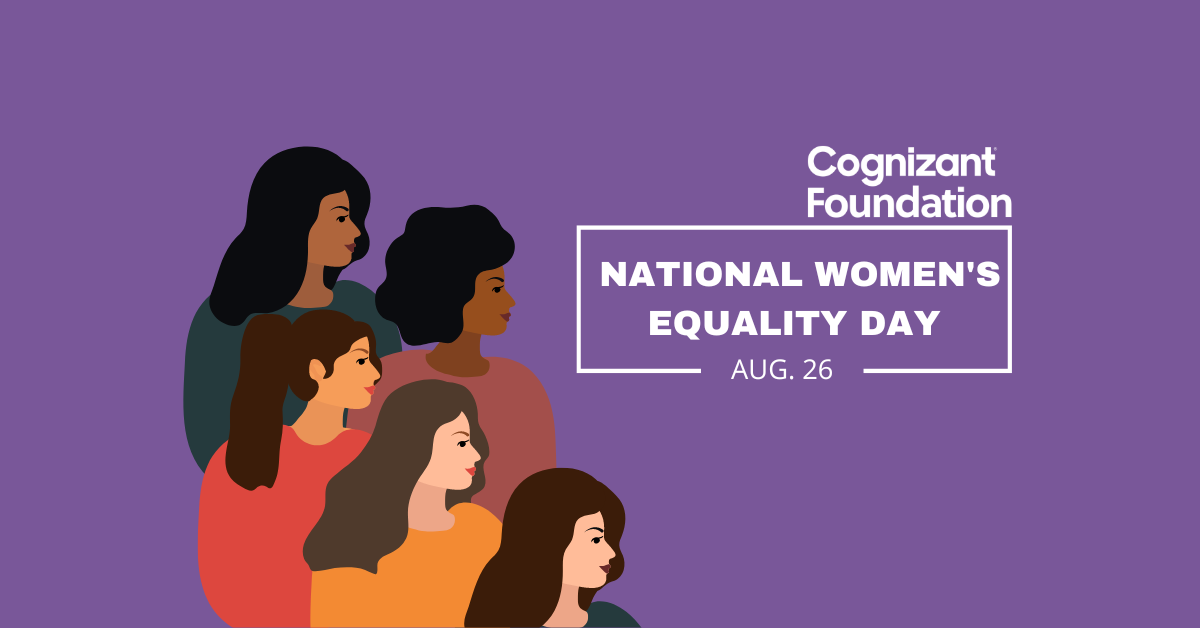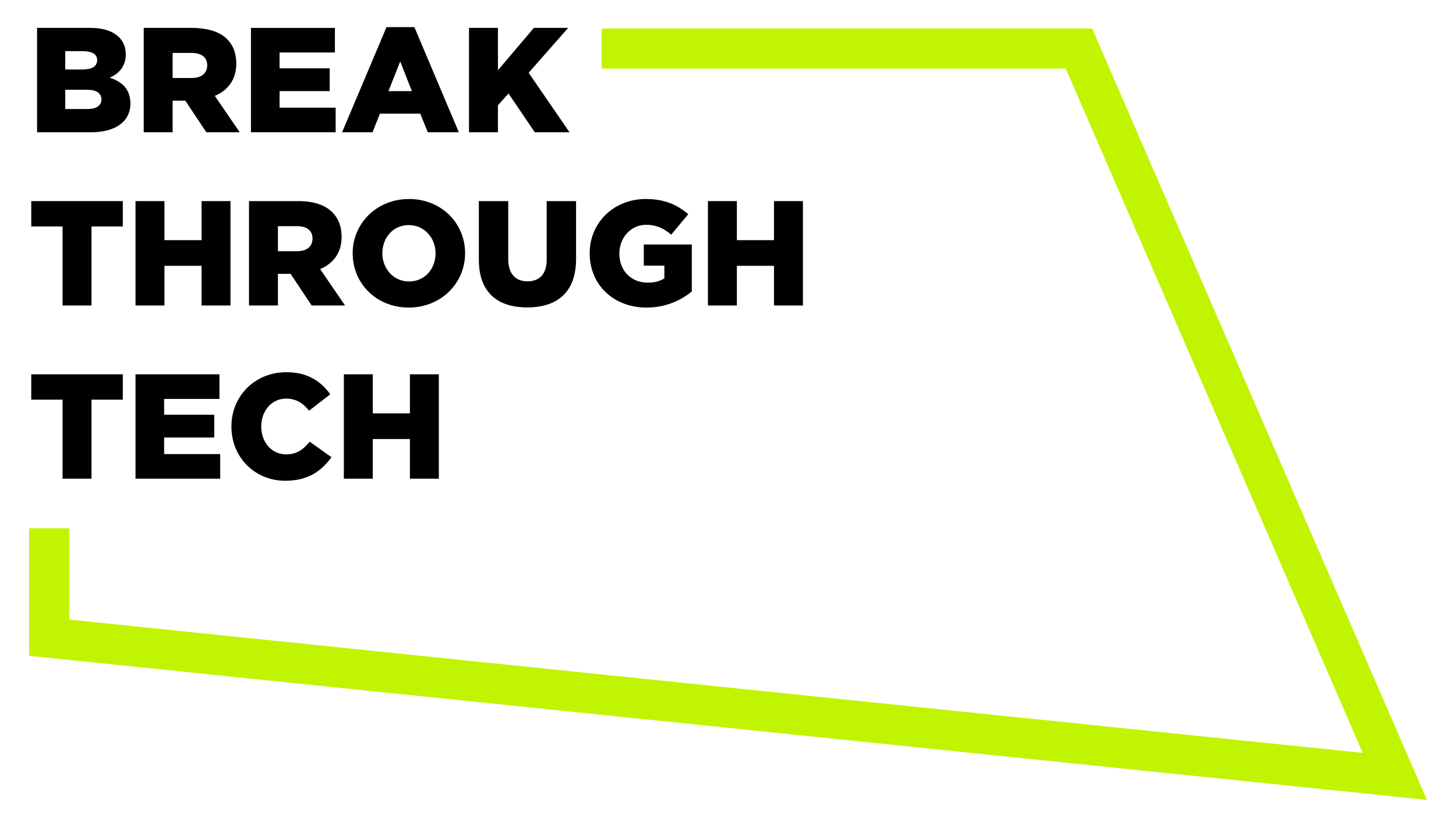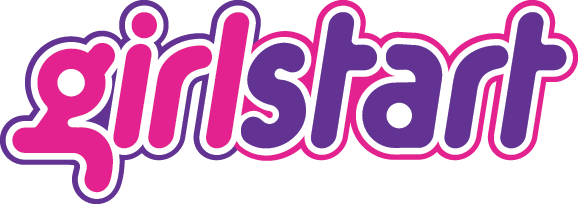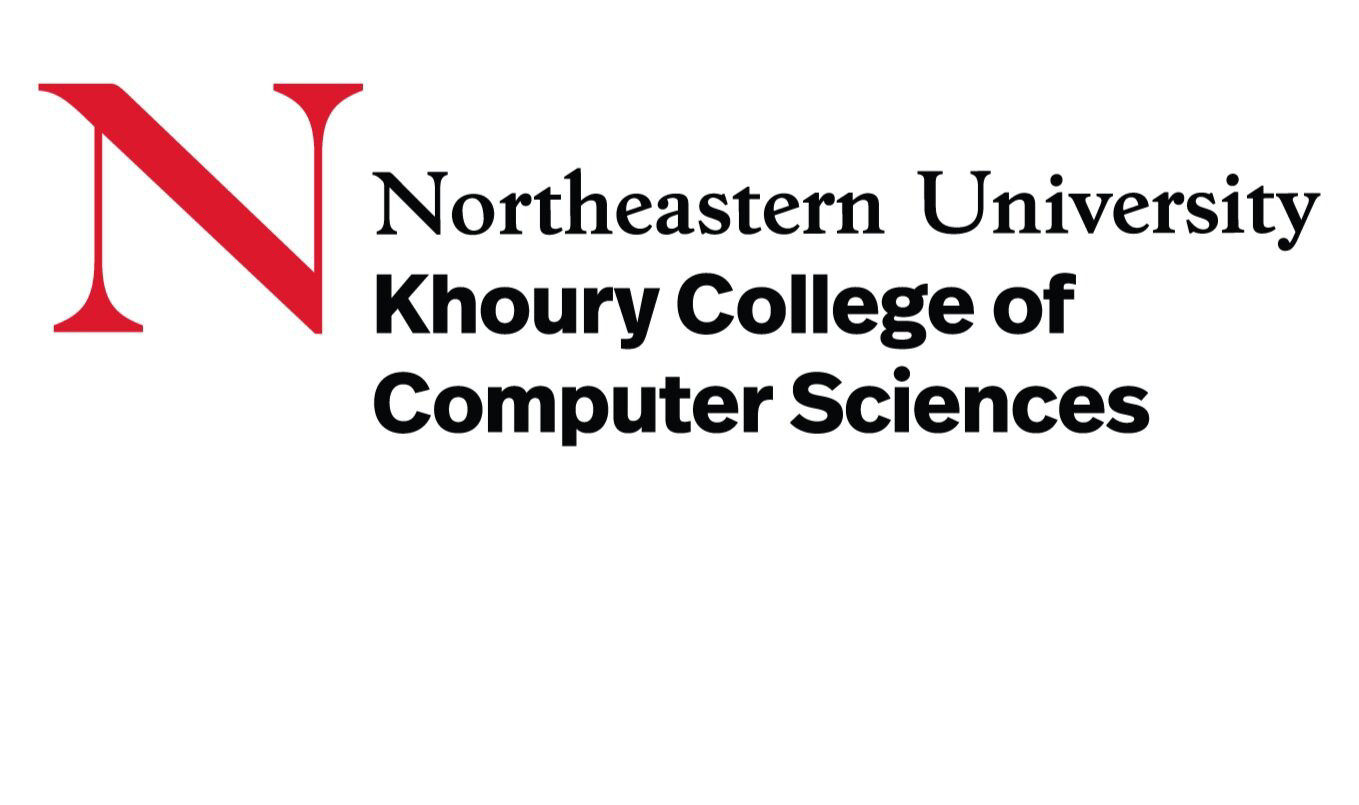Ada Developers Academy—Lauren Sato, CEO: “By training women and gender expansive people to become software developers, Ada Developers Academy is solving two intractable social and economic challenges. The first is the shortfall of talent entering the tech industry. The companies we work with are seeing higher retention and better, more consumer-aligned product development as a direct result of diversifying their teams. By 2025 Ada intends to double the number of women of color and gender expansive adults entering the industry each year, which will lead to better companies and better tech products for all of us.
Closing the Gender Gap in Tech, and Beyond

It’s no secret that diversity produces better business results for research, development, innovation and production, particularly for teams working in tech. Yet despite gains in certain industries or across certain roles, many organizations still struggle to achieve gender equality within their teams. The result is a need for more strategic thinking about the pathways and pipelines for women to enter tech.
Women account for 48% of the total workforce, yet only hold 34% of STEM jobs. The first step to increase that number—and to support women already in tech—is championing ways for women to pursue the skills needed to be competitive in a wide range of tech-related careers. Organizations and institutions such as Ada Developers Academy, Break Through Tech, Girlstart and Northeastern University’s Center for Inclusive Computing are rethinking the ways to recruit, train and support women of all ages and backgrounds.
Further, organizations such as Jobs for the Future (JFF) bring attention to how industries can remove barriers for women once they enter the workforce, including reimagining hiring, mentorship and ongoing support necessary to ensure equitable pathways exist to successfully enter—and thrive—in tech.
Happily, the numbers are rising, thanks to collaboration and collective action—in 2020, women represented 45% of students majoring in STEM fields, up from 40% in 2010 and 34% in 1994. At the same time, women are making significant gains in math and physical science occupations, making up nearly half the workforce in those industries.
But we can always do more.
On National Women’s Equality Day, we are proud to spotlight some of the women and organizations leading the way to create more equitable pathways for women to pursue careers in tech, and beyond.
?fmt=png-alpha&)
The second challenge Ada exists to solve is to ensure women and gender expansive people have access to the wealth that the tech industry creates. We know that when women and gender expansive people have discretionary income, they are two times more likely to give back to their communities and families than their male counterparts. So, by getting more women and gender expansive people into tech we are building stronger, healthier communities for everyone.”
Break Through Tech—Judy Spitz, Founder and Executive Director: “We can’t compete in the digital age if we leave half of the available talent pool sitting on the sidelines. The reality is that women studying tech who attend large, diverse public universities—in particular those who are Black, Latina and First Gen—are underestimated and overlooked by tech industry recruitment engines. This talent pool needs innovative programming to level the playing field and the Break Through Tech Sprinternship program has proven to be just that—increasing the ability of these women to land paid summer tech internships by ten-fold. Any company that can afford to run a summer internship program in tech, can afford to host Sprinterns thereby enabling an equitable pathway for these women to enter and thrive in the tech industry.”

Girlstart—Shane Woods, Executive Director: “By attending a Girlstart after school club for 4th & 5th grade students or coming to one or more of our week-long summer STEM camps, our innovative curriculum reinforces that women belong in STEM. Students exercise the muscles of risk-taking, persistence and self-advocacy in elementary informal science programs such as ours so that they have the confidence to enroll in more challenging science and mathematics courses in middle and high school.

The youth who experience Girlstart programming across the nation are given an advantage by learning more about what is possible through STEM careers by engaging with STEM professionals who give their time as guest speakers or event volunteers. As others work to make the pathways to careers in technology more equitable, we at Girlstart are making sure the girls have opportunities to reach their best potential prior to entering the workforce so that they can thrive in any industry.”
Jobs for the Future (JFF)—Maria Flynn, President and CEO: “Gender equality is essential for the development of a stable, thriving society and yet we see persistent gaps in terms of pay and advancement for working women. Without equality of perspective, we all lose. From ensuring access to reproductive care to providing opportunities for upskilling, employers must invest in efforts to prepare women for leadership roles in the future of work.”

Northeastern University—Carla E. Brodley, Dean of Inclusive Computing: “At the Center for Inclusive Computing, we are working with dozens of schools across the country to add new pathways and to improve existing pathways to computing, with the goal of increasing the representation of women of all races and ethnicities entering the tech workforce. For example, with Cognizant’s support, we expanded the number of schools that offer bridge programs that connect people without experience in computing to a master’s in computer science—e.g. 50% of the graduates of Northeastern’s Align MS in CS program are women.
